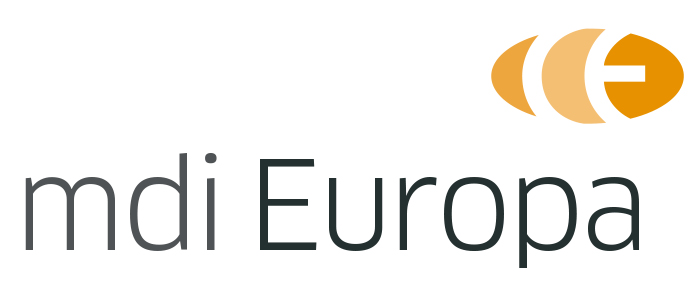Medtech Insight has just recently published an article on the updated guidance from for the post-Brexit era. The Medicines and Healthcare products Regulatory Agency (MHRA) issued a guidance update on 21 October for the post-Brexit era. It offers information to companies concerning the Northern Ireland (NI) and EU27 markets.
The guidance states explicitly for NI that:
- Not like in Great Britain, the EU Medical Devices and IVD Regulations will apply in NI from 26 May 2021 and 26 May 2022 respectively;
- The CE marking will still be necessary to access the NI market; and a UKNI marking will be necessary on products if its third-party conformity assessment is done by a UK approved body;
- When the transition period is over, on 31 December, medical devices and in vitro diagnostics placed on the NI market have to be registered with the MHRA, according to deadlines, with grace periods, that are different than those for the UKCA, as determined in September.
Class I devices and general IVDs placed on the NI market by local manufacturers or by NI-based authorised representatives (AR) must be registered with the MHRA from 1 January 2021.
Furthermore, Great Britain(GB)-based manufacturers will have to assign an EU27 or NI-based AR to place devices on the NI market – CE marking and compliance with EU device regulations will still apply in NI after 1 January. This includes use of EU27 based notified bodies. UK (GB and NI) approved bodies will be able to do conformity assessment of devices for the NI market. However, the guidance says that, for NI market access, device manufacturers will never apply the UKNI marking on its own-it will be adjunct to a CE marking each time. Also, to place devices on the EU market, manufacturers have to use the CE marking by itself, without the UKNI marking. Devices having both CE and UKNI markings will not be allowed on the EU market.
Manufacturers outside the UK must arrange a UK Responsible Person (UKRP) who will establish compliance with UK registration obligations. The rules apply to EU/EEA-based and third country manufacturers. Where a company’s AR is based in NI, the AR can assume the tasks of a UKRP as well. GB companies will have to take on an AR based in the EU or NI so they can place a device on the NI market. NI-based ARs must register all device classes with the MHRA.
NI device manufacturers will still profit from unrestricted access to the rest of the UK after 1 January. NI companies will still be able to place CE and both CE- and UKNI-marked devices on the rest of the GB market after 30 June 2023. EU27-based manufacturers will not be able to profit from this stipulation.
The new UKCA marking will not be accepted on the EU market and CE markings will be required
The new UKCA marking will not be accepted on the EU market and CE markings will be required. Mandatory conformity assessments done by UK notified bodies will not be recognised by the EU, even if the assessment has been done before the end of the transition period, unless the product has been placed on the EU market before 1 January 2021.
From 1 January 2021 manufacturers have to make sure that their devices conform to EU labelling requirements so that they can place them on the EU market. Both the CE and UKCA markings can be put on a product, only if neither obstruct the visibility of the other and both labelling requirements are met. However, the UKCA marking holds no regulatory force in the EU. Devices placed on the NI market from 1 January will also need to conform with EU labelling requirements. They must show a ‘CE UKNI’ mark if mandatory conformity assessment has been carried out by a UK approved body.
Source: Medtech Insight (an Informa product)





